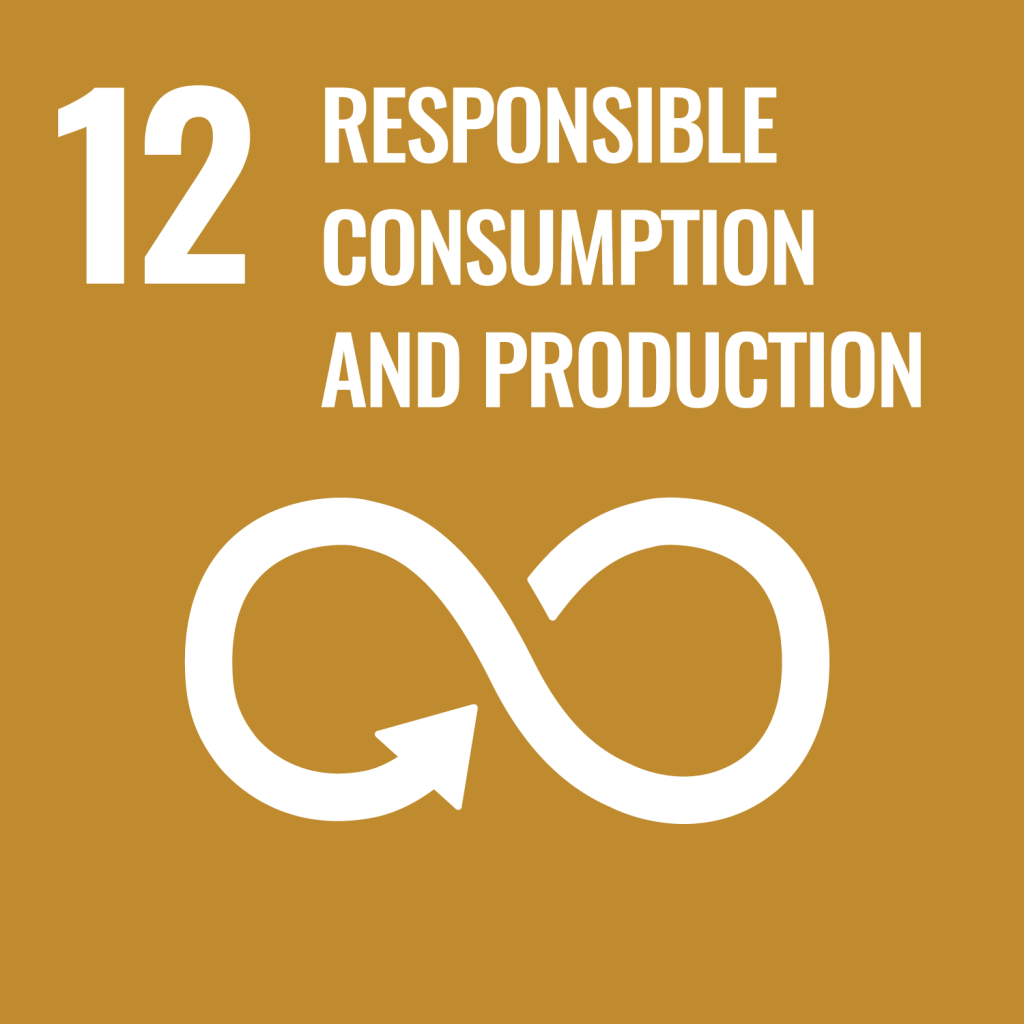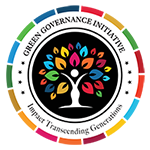Development plans for the future economic and social growth will cost us environmental health and sustainability. The idea behind sustainable consumption and production is based on the presumption of providing access to basic services, green and decent jobs and a better quality of life for all without compromising the efficiency of achievement.
Fact And Figures
The SDG 12 has been focussing on the overconsumption beyond the basic needs of humanity. The pace at which human beings are taking up the resources produced by the earth, far exceeds the rate at which earth can replenish it. Should the global population reach 9.6 billion by 2050, we will need three Earths to sustain current lifestyles for everyone. This presents a dire future that cannot carry the energy and resource-intensive stages of production any forward
Human trafficking, sexual violence, pervasive violence against children as acts of punishment and psychological aggression,detention without sentences, bribery and corruption, identity and recognition before law, effectiveness, inclusiveness and transparency are issues worth pondering over in the past few ecades.
The increasing standards of living coupled with the increasing level of capitalisation in both developed and developing countries simultaneously, creates the problem of decoupling economic growth from resource use. Hence, the most critical and complex challenges facing humanity today, in all regions of the world, is the profound transformation of global value chains through demand and supply management.
It is projected to grow to 190 billion tons by 2060, which could be disastrous for the planet and its life. Each year, an estimated onethird of all food produced – equivalent to 1.3 billion tonnes worth around USD 1 trillion – ends up rotting in the bins of consumers and retailers or spoiling due to poor transportation and harvesting practices. More than one billion people still do not have access to freshwater
9.6 billion
Global population by 2050, would need 3 earths
190 billion tons
of global value chains by 2060
1.3 billion tonnes
of food produced, that is one third, ends up rotting

Target
12.1 Implement the 10-year framework of programmes on sustainable consumption and production, all countries taking action, with developed countries taking the lead, taking into account the development and capabilities of developing countries
12.2 By 2030, achieve the sustainable management and efficient use of natural resources
12.3 By 2030, halve per capita global food waste at the retail and consumer levels and reduce food losses along production and supply chains, including post-harvest losses
12.4 By 2020, achieve the environmentally sound management of chemicals and all wastes throughout their life cycle, in accordance with agreed international frameworks, and significantly reduce their release to air, water and soil in order to minimize their adverse impacts on human health and the environment
12.5 By 2030, substantially reduce waste generation through prevention, reduction, recycling and reuse
12.6 Encourage companies, especially large and transnational companies, to adopt sustainable practices and to integrate sustainability information into their reporting cycle
12.7 Promote public procurement practices that are sustainable, in accordance with national policies and priorities
12.8 By 2030, ensure that people everywhere have the relevant information and awareness for sustainable development and lifestyles in harmony with nature
12.A Support developing c ountries to strengthen their scientific and technological capacity to move towards more sustainable patterns of consumption and production
12.B Develop and implement tools to monitor sustainable development impacts for sustainable tourism that creates jobs and promotes local culture and products
12.C Rationalize inefficientfossil-fuel subsidies that encourage wasteful consumption by removing market distortions, in accordance with national circumstances, including by restructuring taxation and phasing out those harmful subsidies, where they exist, to reflect their environmental impacts, taking fully into account the specific needs and conditions of developing countries and minimizing the possible adverse impacts on their development in a manner that protects the poor and the affected communities
Our Team


Namrata Singh Chauhan
Team Lead SDG 12
